Canon has two amazing lenses for their mirrorless system. This is the RF 600mm f/11 IS STM and the RF 800mm f/11 IS STM. Although the aperture is not that wide, these lenses can be very useful. I got a chance to try both for a few weeks and these are my findings.
Do you use telelenses? In that case, you know how these lenses are often very expensive. If you want a large aperture as well these lenses become even more expensive. The size and weight will also be massive, especially when the focal lengths become very long.
I remember using a Canon EF 800mm f/5.6L IS USM for a few weeks back in 2018. The weight and size often prevented me from taking the lens for a walk. Shooting without a sturdy (and heavy) tripod is not advisable. On top of that, it was unaffordable for me.
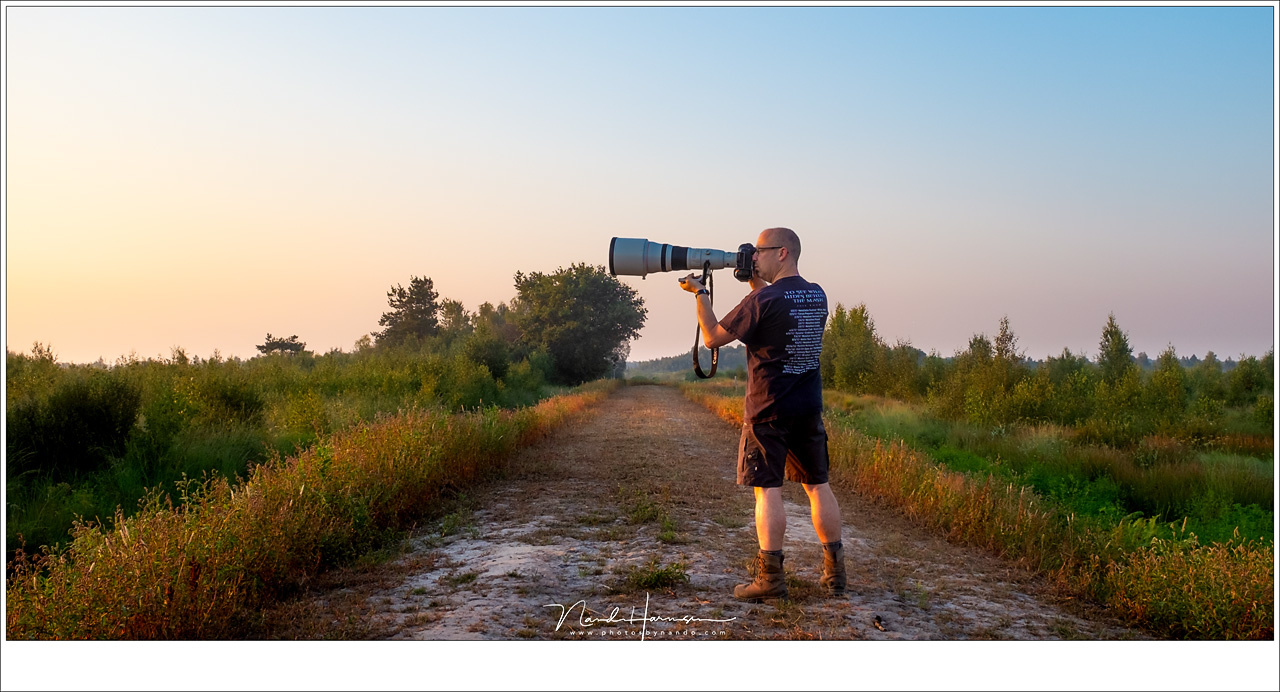
The Canon EF 800mm f/5,6L IS USM is amazing. But it is large, heavy and very expensive. Using the lens hand held like I did in this image is not advisable
Wouldn’t it be great if such focal lengths would come in a smaller package with a price tag that makes it affordable for almost everyone? Canon released the RF 600mm IS STM and RF 800mm IS STM for its mirrorless camera system that answers to that wish. There is just one small drawback. These have both a fixed lens opening of f/11.

Both the Canon RF 600mm and RF 800mm are very portable and easy to take with you. Using these lenses hand held is no problem whatsoever. In the picture I carry the RF 600mm extended.
The Looks and Feel
Canon has made these lenses as simple as possible to reduce weight and size. The RF 600mm measures 3.7 x 10.6 inches and weighs just over two pounds. The RF 800mm measures only 4 x 13.9 inches and weighs almost 2.8 pounds. When not in use these lenses can be retracted in length by 2.7 inches.
If not in use, both the RF 600mm and RF 800mm can be contracted. This makes it easier to carry.
As said, the RF 600mm and RF 800mm are very basic. These lenses do have a good image stabilization system that works up to four stops. This will increase up to five stops when combined with a mirrorless camera that has an In-Body Image Stabilization System. The image stabilization of the RF 600mm and RF 800mm is rudimentary. It can be turned on or off and there are no other options. The other two switches operate the focus of the lens.
Besides these switches, the RF 600mm and RF 800mm have a programmable control ring. But if you have programmed this for the aperture, you might want to change it for something else. After all, these lenses have a fixed lens opening of f/11.
Besides the control ring, you will find the locking ring for extending the lens and a simple threaded socket for a tripod. If you want to use the camera in portrait orientation, you will have to tilt your tripod head or use an L-bracket of some sort. It is clear these lenses are built for handheld use.
What About the Aperture?
Both the RF 600mm and RF 800mm have a fixed lens opening of f/11. There are no aperture blades or aperture electronics inside, which also contributes to the reduced weight. Although it might be a strange choice at first, I think it's a logical one. You probably wouldn’t use these lenses with an aperture that is even narrower.
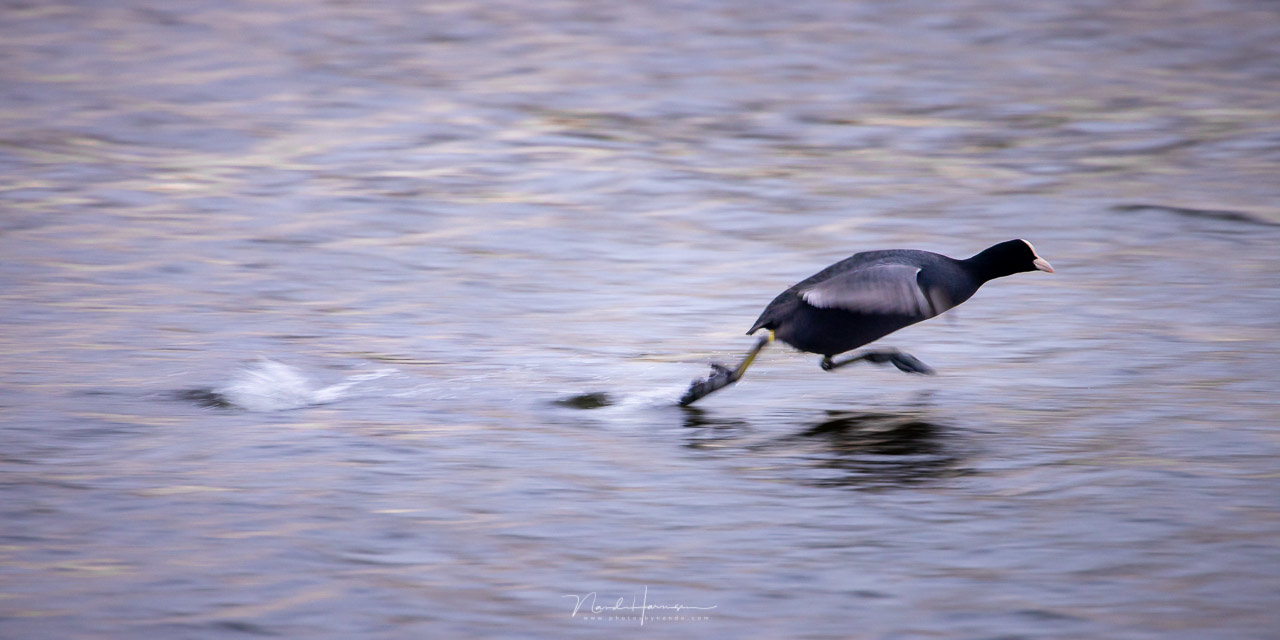
A running coot. These birds can be fast so you need a fast shutterspeed to freeze the motion. My shutterspeed was a bit slow, but I like the effect. (Canon EOS R5 with RF 800mm - f/11 - ISO1000 - 1/160s)
The fixed f/11 means you will need a lot of light. Or you need a high ISO level for the necessary fast shutter speeds. You also need to keep the shutter speed fast enough when shooting handheld with a focal length of 600mm and 800mm. The rule 1/[focal length] is still a good starting point. With the four or five stop image stabilization, you should be able to get good results with 1/30 seconds (600mm) and 1/60 seconds (800mm). Unless your subject is moving.
If you use the Sunny 16 rule, you know it will need the best light situations to achieve a reasonably fast shutter speed with f/11 and ISO 100. Fortunately, the Canon EOS R5 and Canon EOS R6 have a very good high ISO performance. It made shooting on a dark and rainy winter's day possible when cranking up the sensitivity to ISO 2500 or even ISO 6400.
How These Lenses Perform
Using the RF 600mm and RF 800mm is lots of fun. It is easy to take such a lens with you, even while walking the dog through the park. Shooting handheld is no problem at all when switching on the auto-ISO. With 1/125 seconds I was able to capture beautiful moments. Strangely enough, the biggest problem I encountered was the focal length itself. When photographing birds inside the park, the RF 800mm was sometimes way too long.

If the birds are close by and large, like this swan, the focal length can turn out to be too long. The autofocus has no problem following the animal. (Canon EOS R5 with RF 600mm - f/11 - ISO160 - 1/400s)
When retracted it is impossible to change settings on the camera. You need to extend the lens before adjustments can be made. Although this can be frustrating at times, it is a small issue you will get used to. When keeping the lens extended you won't be bothered by this message. The size of both the RF 600mm and RF 800mm doesn't necessarily require you to retract it when walking around.
Both these lenses use a very fast and quiet Stepping motor autofocus system (STM system). The focus limiter can be used to shorten the focal distance, making it even faster to achieve focus. If you use the Canon EOS R5 or Canon EOS R6 the focus area will be limited to a large square area, but every autofocus option can be used. The amazing eye-AF keeps working well and accurately, even with birds that are small in the frame, as well as in low light situations.

All the autofocus functions are available, but only within the square. The animal eye-AF works perfectly, even when the eye is very small.
Image stabilization is a must on these lenses. Not only for taking the picture, but also when framing a subject. Activating the image stabilization eliminates a lot of movement, making it easier to keep a subject in the frame. If the image stabilization is turned off, it becomes much more difficult.
The Use of an Extender
Both the RF 600mm and RF 800mm can be used with the Canon RF 1.4x extender and the Canon RF 2x extender. It means you will reach a focal length of 840mm and 1200mm in combination with the RF 600mm. In combination with the RF 800mm it will be no less than 1120mm and 1600mm.
There is a downside to these combinations. The aperture will be limited to f/16 with the RF 1.4x extender, or f/22 with the RF 2x extender. You will need a lot of light, or a very high ISO when using these lenses with an extender.
This buzzard is shot with the Canon EOS R5 in combination with the RF 600mm (f/11, ISO1250, and 1/125s). The close-up is the result with the RF 2x extender, making it 1120mm. (f/16, ISO2500, and 1/125) The rain and the distance will also degrade the sharpness.
Another big issue is the reduced image quality. Diffraction will become very noticeable when shooting with these apertures. On top of that, there will also be a small degradation in image quality due to the use of the extra glass.

An image of the moon, shot with the RF 800mm and RF 2x extender. The image quality will suffer, but also the atmospheric conditions didn't help to achieve a lot of sharpness. (Canon EOS R5 with RF 800mm and RF 2x TC - f/22 - ISO2000 - 1/125s)
My Conclusion
At first, I thought these lenses would give a disappointing user experience. But after a few weeks, I grew fond of these lenses. It was fun using it, especially because of its portability and ease of use. I had also my doubts about the fixed aperture. But it turned out I had no reason to want an even smaller aperture while using these lenses. Only a larger aperture would be welcome, especially with the RF 600mm that could benefit from an f/8 aperture.

A fieldfare in nice sunny weather conditions. That is when the RF 600mm and RF 800mm perform the best. The quality of the lenses are very good. (Canon EOS R5 with RF 800mm - f/11 - ISO400 - 1/125s)
The f/11 aperture is the price you pay for the small size and weight of these super telelenses. I remember how large and heavy the Canon EF 800mm f/5.6L IS USM is with only a two stops larger aperture. From that point of view, I think the Canon RF 800mm f/11 IS STM is a good alternative for those who need a very long focal length.
I wonder if a one-stop larger aperture on the Canon RF 600mm f/11 IS STM would make it more valuable. Perhaps it would make the lens a bit larger and heavier, but not that much. Just imagine, a Canon EF 100-400mm f/4-5.6L II IS USM lens combined with a EF 1.4x III extender gives you a focal length of 560mm. Although the focal length is only 40mm shorter compared to the RF 600mm, it will give you an aperture of f/8 instead of f/11. That is twice as much light.
I would recommend both the Canon RF 600mm f/11 IS STM and the Canon RF 800mm f/11 IS STM. You have a very long focal length with not much weight and a small package. Yes, you have some limitations, but that is part of the deal.
Nevertheless, if you would opt for the RF 600mm, you might want to check out the Canon EF 100-400mm f/4-5.6L II IS USM with the Canon EF 1.4x III extender. It will give you a one-stop larger aperture with almost the same focal length.
Or you can choose for the new Canon RF 100-500mm f/4.5-7.1L IS USM of course. Just keep in mind, you can buy both the RF 600mm and RF 800mm for the price of that one lens and still keep a thousand dollars in your pocket.

If you don't like fixed focus lenses, the alternative is the Canon RF 100-500mm. You can buy both the RF 600mm and RF 800mm for one RF 100-500mm lens, and still save almost a thousand dollars.
Things I Liked
- Relative small and light-weight
- Affordable
- Can retract for a smaller size
- Four stops image stabilization (five with a camera that has IBIS)
- Programmable control ring
- Good image quality
- Quiet and fast autofocus
- Tracking and Eye-AF stay possible with the EOS R5 and EOS R6
- Compatible with the RF 1.4x and RF 2x extender
- Fun to use
Things I Didn't Like That Much
- Fixed and small f/11 aperture
- RF 600mm could benefit from an f/8 aperture
- Camera settings can’t be changed when the lenses are retracted
- Diffraction is noticeable with the use of an extender
- No tripod ring but a fixed threaded socket
- Shooting in portrait orientation with a tripod can be a bit awkward
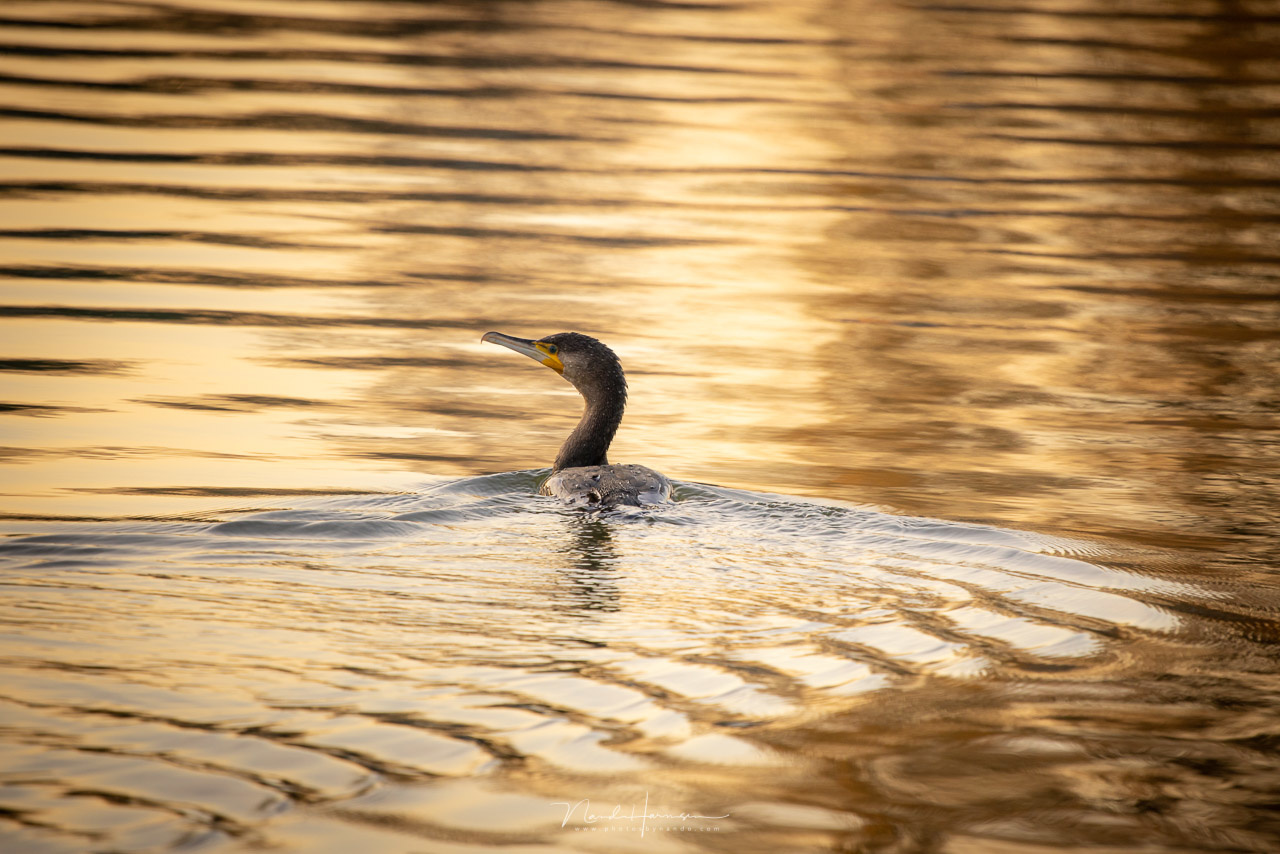
A cormorant in the wonderful light of a sunrise. (Canon EOS R5 with RF 600mm - f/11 - ISO640 - 1/125s)

A sparrow in the golden light of a sunrise. These are difficult situations for the autofocus but the combination of the Canon EOS R5 and RF 600mm performed very well (f/11 - ISO3200 - 1/400s)

This buzard made it very clear what he thought of it. (Canon EOS R5 with RF 800mm - f/11 - ISO1250 - 1/125)
I believe the Canon RF 600mm f/11 IS STM and Canon RF 800mm f/11 IS USM are both great lenses for a relatively small budget. But also for the photographer who loves to be portable; you won’t need a large tripod to use these lenses. But you will have to be aware of the tradeoffs.
Would you consider buying these lenses, or do you use one already? Please share your thoughts and experiences in the comments below. It might help others to decide if these lenses are worth buying or not.









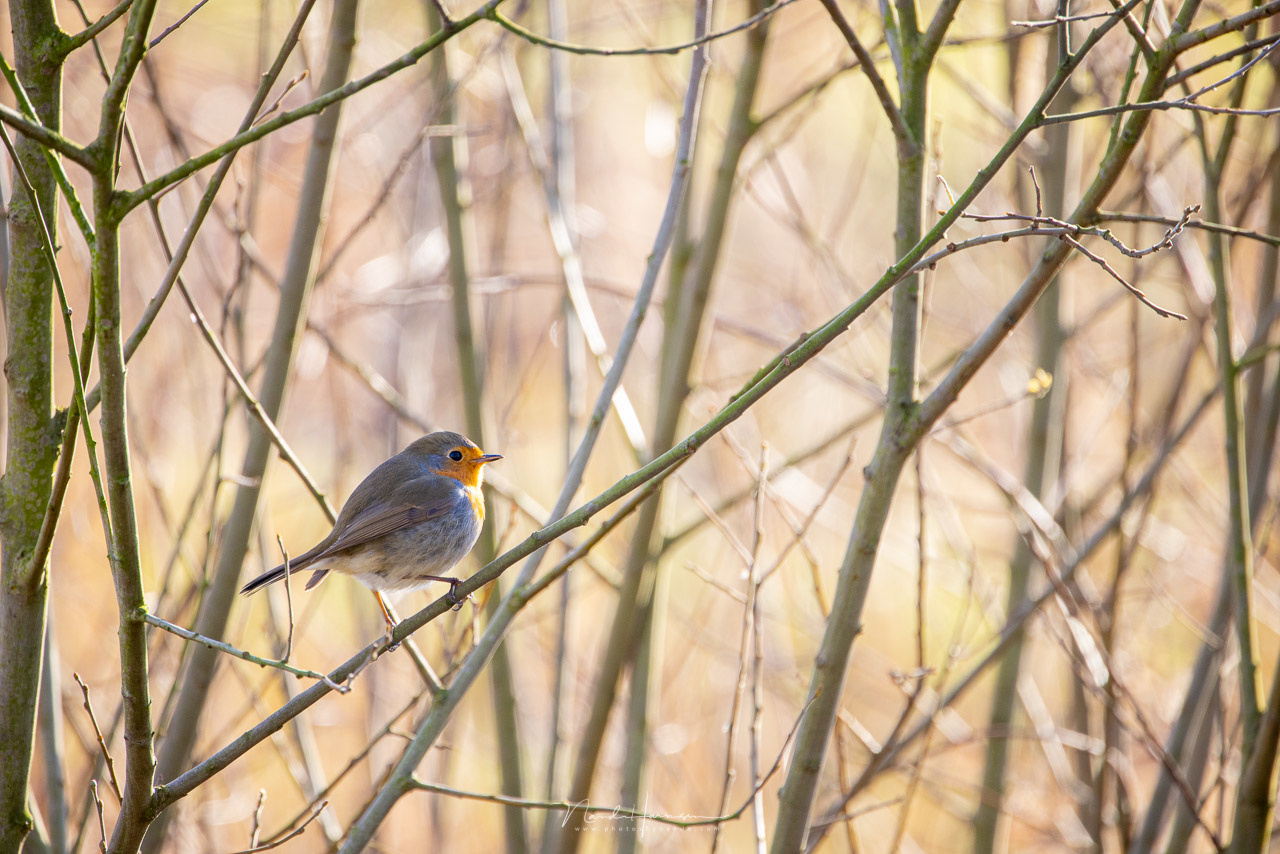
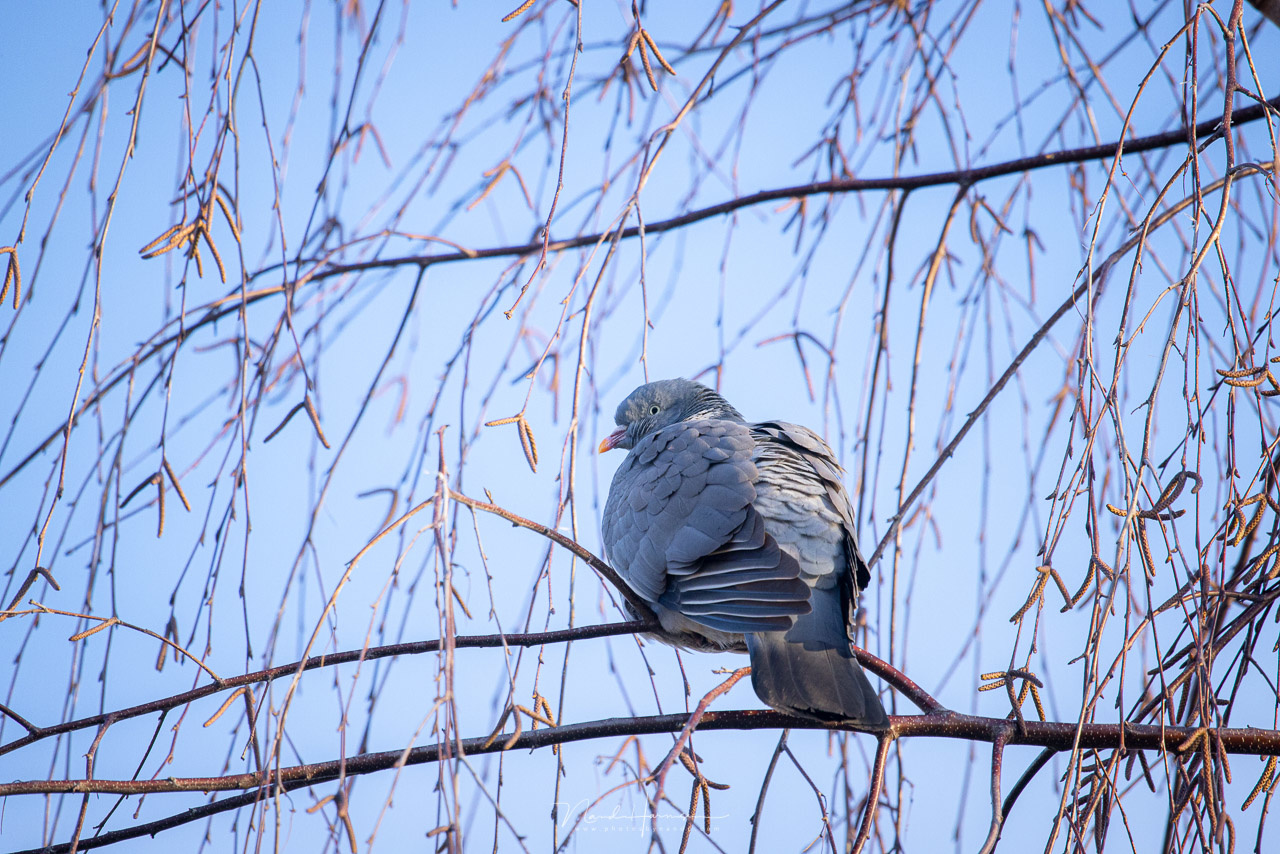






"with only a two stops larger aperture"😂 . As if 4 times more light were little! That made me smile.
Nice review. Many people do not realize how hard it can be framing and tracking a bird at these long focal lengths. A zoom may offer less image quality than a prime, but zooming out can help a lot finding the target, especially when a bird area is new to the photographer, or shooting birds with unpredictable behavior, or even worse when the lens is new to you.
What I did miss is a checkup on the robustness of the body materials. I'm surprised that you didn't even mention that these lenses are not weather sealed, when you seem to have used them under rain. I think that's one of the most important features for a bird shooter, and it'll put many off from these lenses.
Oh btw, I believe the multiplier lenses do not reduce the quality of image due to diffraction. With those lenses you're essentially cropping and zooming into the center of the image. Not reducing the lens aperture. So you're doubling any imperfections of the lens and adding extra lenses in the middle too. As you increase this smaller area to cover the full sensor, the light density received by each sensor pixels halves. Therefore it behaves as if the lens in front had reduced the aperture to capture 2 or 4 times less light.
Ah yes, I forgot to mention this in the things I did not like section. No weather sealing, people !
Diffraction is certainly an issue. The Airy disk will also be magnified with the extender, so it will be more visible. Also the resolution of the sensor will have an effect. It won't make it worse, but a high resolution will see the Airy disk much sooner.
I doubt there'll be any diffraction issues.
Going metric !
Hello Fstoppers when will you be going metric ? Some people in the world don't really know what pounds and inches are ! Because they use kilograms and millimeters. You know, like in "600 mm" or "800 mm"...
That is my fault. I don't know what is preferable.
The RF 600 weighs less than one kilogram, is 27 cm long, extended, and 20 cm contracted.
The RF 800 weighs 1.2 kilograms, is 35 cm long, extended, and 28 cm contracted
That's it.
Or did I forget something?
:)
Whichever you do, somebody will complain. I suggest you either put both, or give all distance measures in kilograms to have some fun ;-)
Sometimes metric and sometimes not.
That makes it easy.
hahaha
And twelve dozen eggs is (a) gross (:
Unfortunately many in the US can't easily tell how much 600mm or 1kg actually are either. You can't go one way or another. You either go with both and cover the entire (most of the) world, or you go with the target audience.
Guess which measuring system is used in english speaking countries, which is the main language and possibly the main target audience of this site.
Please note that I use the metric system myself, but when reading through this and other sites, similarly to when I travel to another country, I know I have to adapt myself to that country. You can't just go to their home and request that they adapt to your lifestyle just because you're there.
I've gone to UK and US and have gotten used to read miles, inches and tip rules. I've gone to France and I've tried speaking french. French people have come here and have tried to actually make me speak French instead... no, it doesn't work that way. (I'm not generalizing that, it's just an example that has happened to me).
What would you say if one day somebody told you stop using Celsius and start using Kelvin on weather forecasts?
We have to behave where we go. Either in the digital or in the physical world.
Good review & sample pix. I've had the 800mm (with the Canon RP) for several months. I can't imagine handholding a larger lens, nor can I imagine going back to less than 800mm. Yes, framing can be a challenge, especially tracking something on the move overhead. It's an amazing lens. (I used Fstoppers, among other good sites, for my initial research.) Photos uncropped and cropped.
Great review. The last photo is a masterpiece! :)))
I have to say that I've been anticipating native glass for my RP and when these lenses came out I was a bit underwhelmed mainly because they need so much light and its dynamic range isn't the greatest. I possibly could have made it work but I decided that I can get EF mount glass, get more reach on my crop 77D and use an adapter to fit it to my RP.
I bought the Sigma 150-600mm f5-6.3 about a month ago and so far it's been great! Only $200 more than the RF 600mm and has many more features. Plus on a crop sensor I get 960mm.
That lens gives a nice zoom reach. That is a big plus. The RF 600mm is more light weight and smaller if I remember correct.
I know a lot of people will prefer a zoom lens.
Yes, the Sigma clocks in at 4lb (1.8kg) and can become a bear walking around with it for a while.
That is doable compared to the EF 800mm f/5,6L That monster weighs 4.5 kilograms. Or was it 9.9 lbs - I am not sure...
:)
Yeah, I couldn't see myself lugging that around, let alone affording it. It's 9.9lbs for me 😁
Seems like bird photography is the default for these lenses, but how would they perform for cityscapes from a distance? I'm interested in them for that and golf course photography. Anyone have any insight on either of those?
You would have to be at a very large distance, I guess
But if you do, I think these would perform perfectly.
Nice review - you mention though that:-
“This buzzard is shot with the Canon EOS R5 in combination with the RF 600mm (f/11, ISO1250, and 1/125s). The close-up is the result with the RF 2x extender, making it 1120mm. (f/16, ISO2500, and 1/125)”.
Wouldn’t the close-up with the 2x extender on the RF600mm result in making it 1200mm with an aperture of f/22?
Yes. You are right. It is probably a typo
Thanks